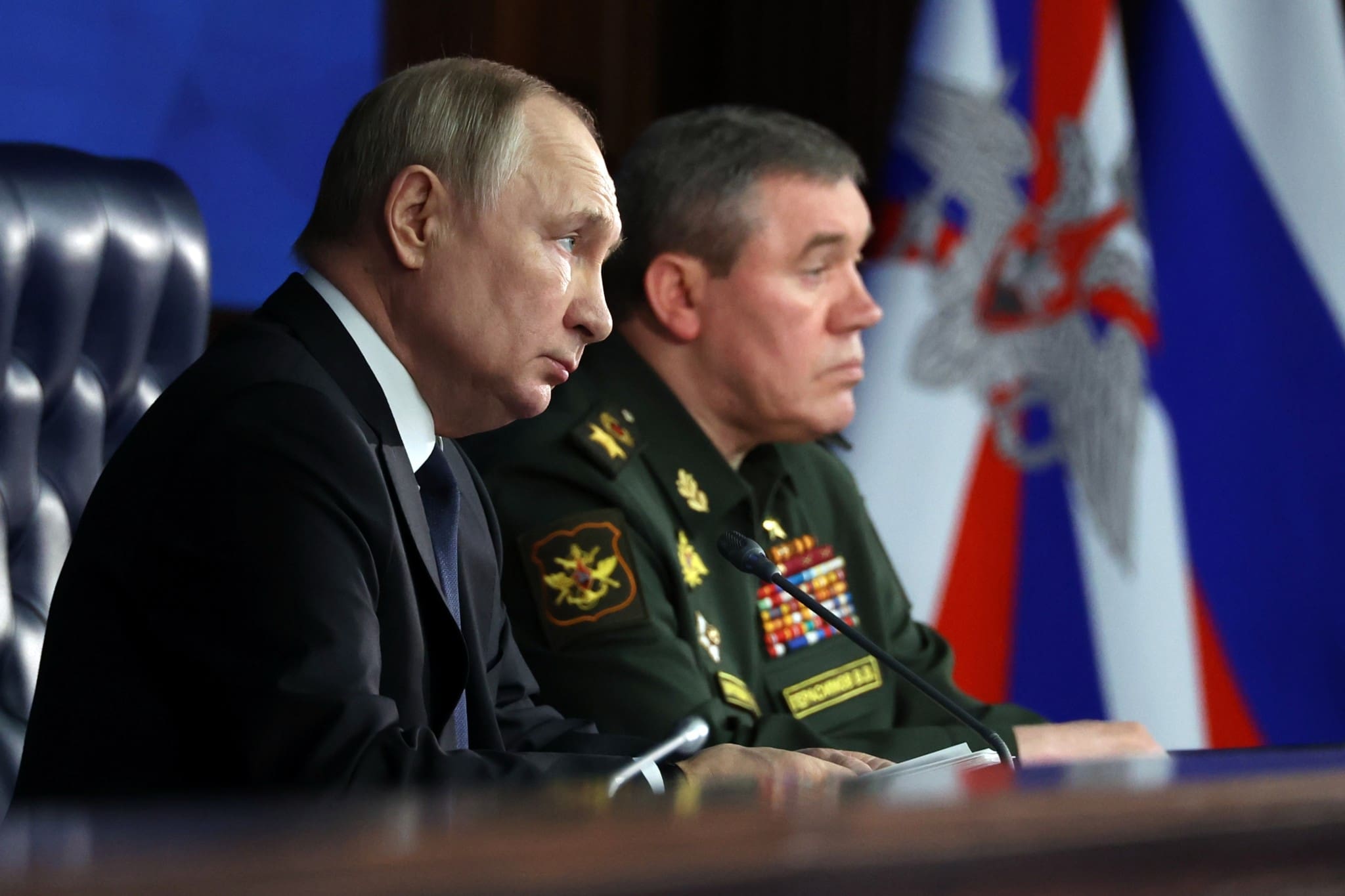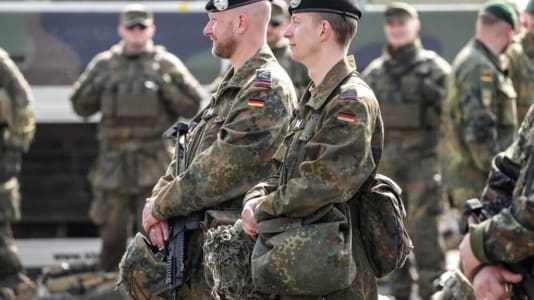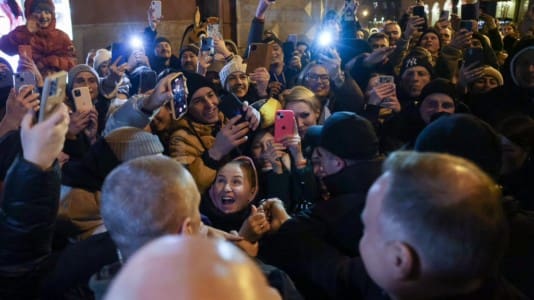Russian forces are preparing to increase the number of soldiers in the country’s armed forces by 30 percent, raising the total count to 1.5 million, according to Ukrainian intelligence and a Washington D.C.-based think tank.
The news comes as Russia’s military leadership looks set to carry out sweeping military reforms this year. The huge increase in soldiers would result in the creation of 24 new divisions, with the news coming at the same time that NATO countries signal they are increasingly likely to send main battle tanks and other advanced NATO weaponry to Ukraine.
Oleksiy Hromov, a representative of Ukraine’s military intelligence (GUR), said on Thursday that the Russian army plans to increase the number of men from September’s 1.35 million to 1.5 million.
“To fulfill its occupation plans, the Russian command has announced extensive measures to reform its armed forces. Above all, it increases the total number of soldiers to 1.5 million and creates 20 new divisions,” said Hromov.
According to him, the Kremlin is preparing for a war that could go on for years and is now actively participating in the preparation of large-scale military operations.
Rumors have swirled about whether Russia will launch another offensive toward Kyiv after it retreated from the region last year — or perhaps target another location north of the country to cut off supplies heading east. Although Ukraine has warned about such an operation, the Pentagon has signaled that despite the build-up of Russian forces in Belarus, there is no sign of any imminent invasion in that direction.
[pp id=61521]
ISW, the Institute for the Study of War, has previously reported that Russian Defense Minister Sergei Shoigu created a proposal to expand the size of the Russian armed forces and create 17 new divisions. Many experts believe that during Russia’s last mobilization drive, far more men were called up than the 300,000 reported to the media, with some placing the number as high as 500,000
ISW argues that a change in the leadership of the military operation in Ukraine, now led by Chief of the General Staff Valery Gerasimov, includes plans to expand the army, creating the conditions for a long-term, intense conflict.
[pp id=62159]
At the same time Russia looks to increase its soldier headcount, it has also taken harsher measures against those avoiding conscription and closed the borders to men capable of service.
According to ISW, Russia is reworking reforms introduced by Anatoly Serdyukov in 2008, who scaled back Russian forces and switched from a divisional to a brigade structure. He also sought to streamline the country’s armed forces by switching to a battalion battle group structure.
[pp id=61471]
ISW, which is known for taking a pro-Ukraine stance, claims that Russia will not be able to implement new reforms within its planned timeline. Although ISW has generally held a hostile view of Russia over the course of the conflict, it has correctly predicted Russia would be unable to meet its objectives in the Donbass and Luhansk regions with the forces it had going into the conflict.
Hromov said that the reforms will be difficult and their implementation will require a long time and considerable financial and economic resources.
“Significant losses in personnel as well as military equipment and weapons, the impact of international sanctions, and the analysis of the formation of military units in the country of the aggressor raise doubts from 2016 to today as to whether the planned organizational measures will be completed on the planned dates,” added Hromov.






